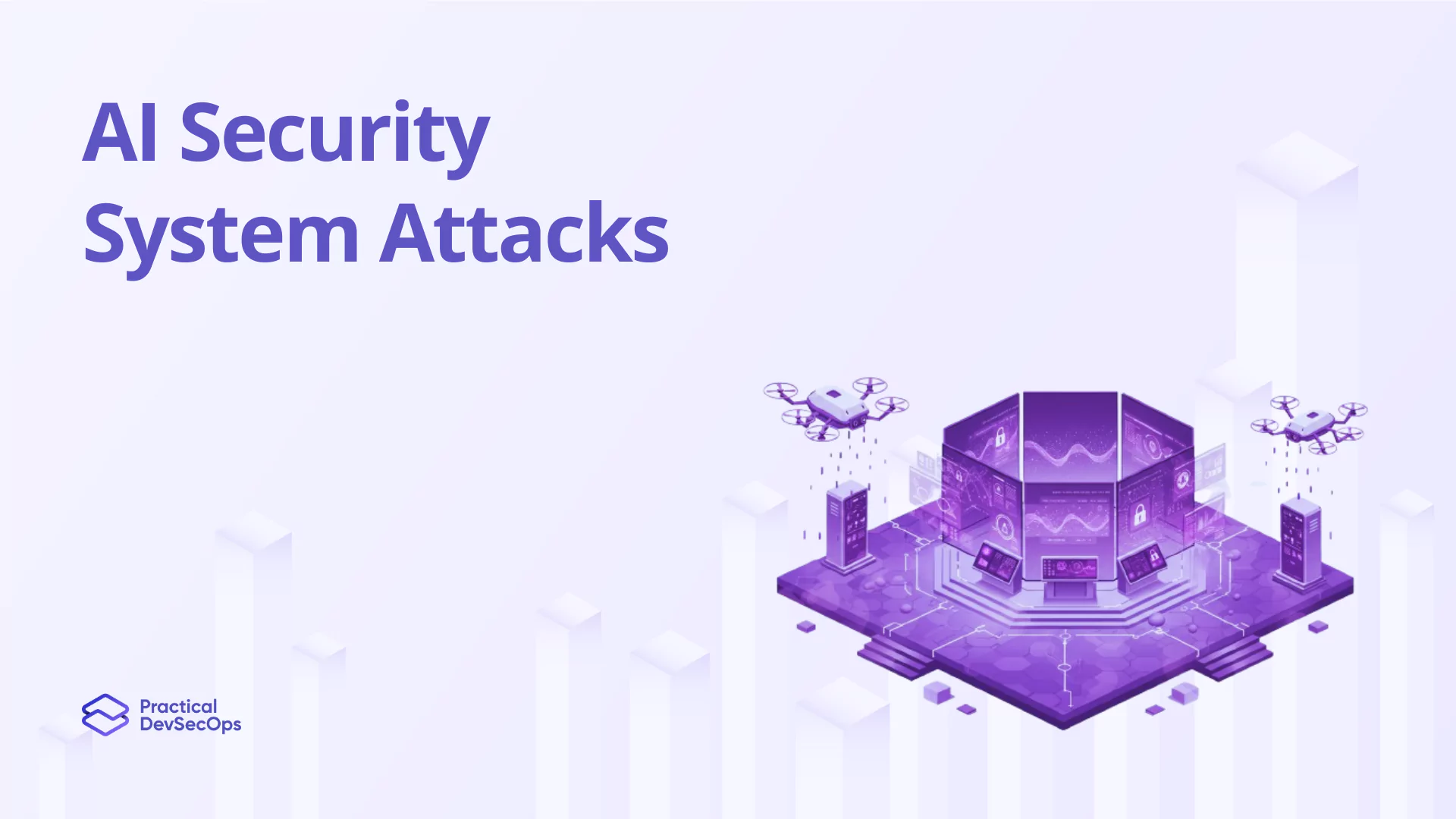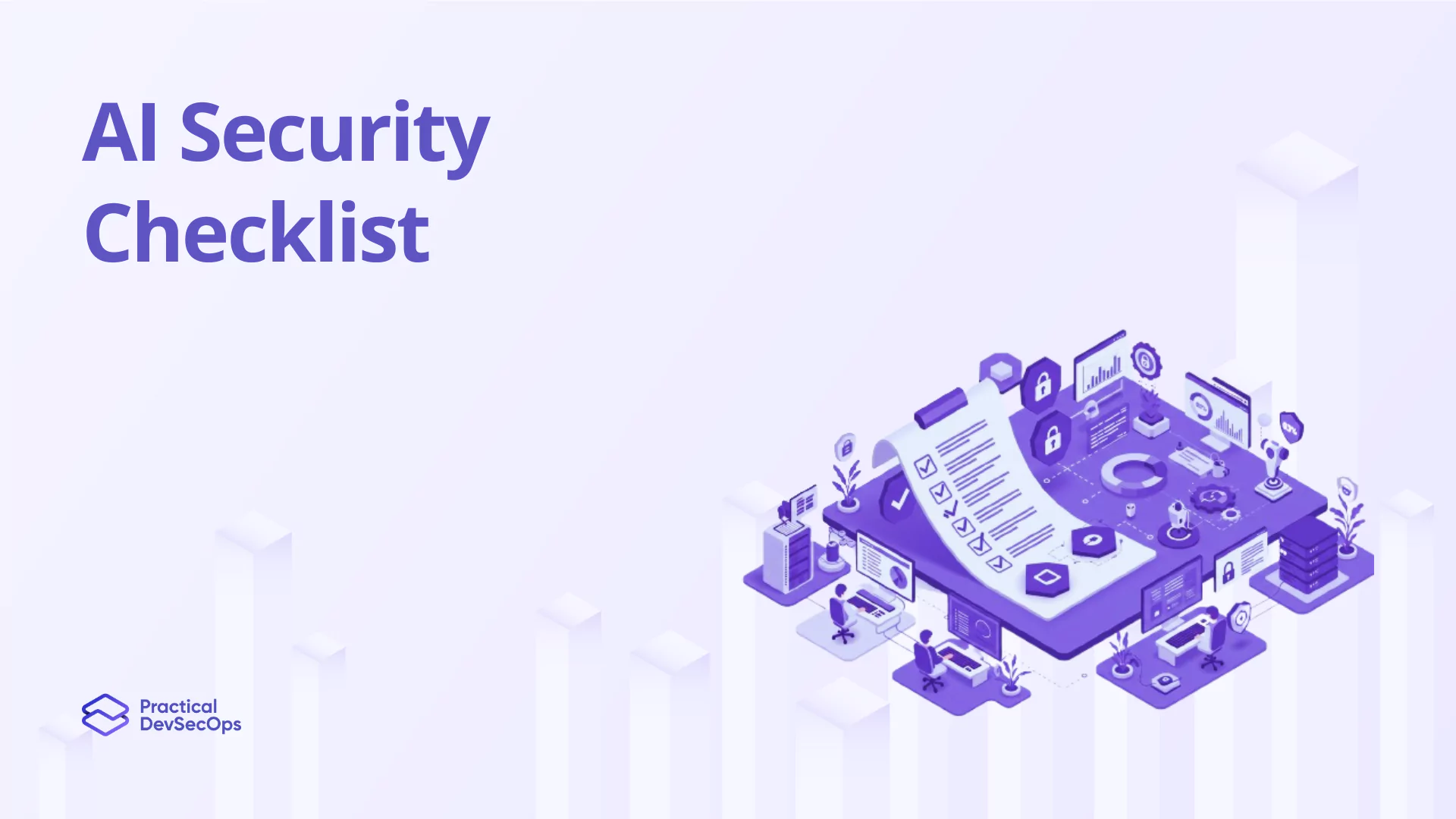The software supply chain encompasses numerous vendors and third-party providers. Each of these external entities can introduce significant risks to an organization’s security posture. Effective management of vendors and third-parties is essential to safeguard the software supply chain from potential vulnerabilities and cyber threats. This guide provides a comprehensive overview of strategies, best practices, and future trends in managing vendors and third-parties for software supply chain security.
Also read about the Role of Software Bill of Materials (SBOM) in Supply Chain Security
Understanding the Software Supply Chain
The software supply chain includes all the processes, tools, and external entities involved in the development, deployment, and maintenance of software. This ecosystem involves developers, suppliers, service providers, and other third-party vendors. Ensuring security across this chain is vital to prevent breaches that could compromise the entire software environment.
Importance of Managing Vendors and Third-Parties
Vendors and third-parties play a critical role in the software supply chain. However, they can also be the weakest link if not managed properly. Effective vendor management helps mitigate risks, ensures compliance with security standards, and enhances the overall resilience of the software supply chain.
Also read about the Best Software Supply Chain Security Tools
Risks Associated with Vendors and Third-Parties
Common Security Risks
Vendors and third-parties can introduce various security risks, including data breaches, supply chain attacks, and compliance issues. These risks stem from inadequate security practices, lack of transparency, and insufficient oversight.
Examples of Third-Party Vulnerabilities
High-profile incidents, such as the SolarWinds breach, highlight the potential vulnerabilities within third-party relationships. These incidents underscore the need for robust vendor management practices to identify and mitigate risks effectively.
Also read about the Software Supply Chain Security Strategies
Key Components of Vendor Management
Vendor Selection Process
Selecting the right vendors is the first step in mitigating supply chain risks. This involves evaluating potential vendors based on their security posture, reputation, and compliance with industry standards.
Risk Assessment and Due Diligence
Conducting thorough risk assessments and due diligence is crucial before onboarding a vendor. This process includes evaluating the vendor’s security policies, past incidents, and overall risk profile.
Also read about the Building a Resilient Software Supply Chain Security
Contractual Security Requirements
Contracts with vendors should include specific security requirements and expectations. These contractual obligations ensure that vendors adhere to the organization’s security standards and provide a legal framework for accountability.
Ongoing Monitoring and Evaluation
Continuous monitoring and evaluation of vendors help detect any deviations from agreed security practices. Regular audits, assessments, and reviews ensure that vendors maintain compliance and address any emerging risks promptly.
Also read about our Top 25 Software Supply Chain Security Interview Questions and Answers
Implementing Vendor Security Policies
Developing Comprehensive Policies
Creating comprehensive vendor security policies is essential for establishing clear expectations and guidelines. These policies should cover all aspects of security, including data protection, incident response, and compliance requirements.
Enforcing Compliance
Enforcing compliance with security policies requires regular audits, assessments, and penalties for non-compliance. Organizations should establish mechanisms to ensure vendors adhere to the agreed-upon security standards.
You can also Download our Free PDF Safeguarding Software Supply Chains in the Digital Era
Leveraging Technology for Vendor Management
Vendor Management Systems
Vendor management systems (VMS) provide a centralized platform for managing vendor relationships, tracking compliance, and conducting risk assessments. These systems streamline vendor management processes and enhance efficiency.
Automated Risk Assessment Tools
Automated tools for risk assessment help organizations quickly identify and mitigate risks associated with vendors. These tools leverage advanced analytics and machine learning to provide real-time insights into vendor security.
Also read about Evaluating and Mitigating Software Supply Chain Security Risks.
Role of Cyber Threat Intelligence in Vendor Management
Using CTI for Vendor Risk Assessment
Cyber Threat Intelligence (CTI) provides valuable insights into potential threats associated with vendors. Using CTI for vendor risk assessment helps organizations proactively identify and address risks.
CTI for Continuous Monitoring
Continuous monitoring with CTI ensures that organizations stay informed about emerging threats and vulnerabilities within their vendor ecosystem. This proactive approach enhances overall supply chain security.
Building Strong Vendor Relationships
Communication and Collaboration
Effective communication and collaboration with vendors are crucial for maintaining a secure supply chain. Regular meetings, information sharing, and collaborative security initiatives strengthen relationships and enhance security.
Training and Awareness Programs
Providing training and awareness programs for vendors helps ensure they understand and adhere to the organization’s security requirements. This proactive approach fosters a culture of security within the vendor ecosystem.
Also read about the Software Supply Chain Security Issues and Countermeasures
Incident Response and Recovery Involving Vendors
Coordinating Incident Response
Coordinating incident response efforts with vendors is essential for addressing security incidents effectively. Clear communication channels and predefined roles ensure a swift and coordinated response.
Post-Incident Reviews and Improvements
Conducting post-incident reviews with vendors helps identify lessons learned and areas for improvement. These reviews enhance future incident response efforts and strengthen the overall security posture.
Regulatory and Compliance Considerations
Compliance with regulatory requirements is a critical aspect of vendor management. Organizations must ensure that their vendor management practices align with industry standards and legal obligations to avoid penalties and maintain trust.
Best Practices for Managing Vendors and Third-Parties
Adopting best practices for managing vendors and third-parties enhances supply chain security. These practices include thorough risk assessments, continuous monitoring, clear contractual requirements, and proactive communication and collaboration.
FAQs
What are the key risks associated with vendors and third-parties?
Key risks include data breaches, supply chain attacks, and compliance issues resulting from inadequate security practices and lack of oversight.
How can organizations select the right vendors for their supply chain?
Organizations should evaluate potential vendors based on their security posture, reputation, and compliance with industry standards, conducting thorough risk assessments and due diligence.
What are the essential components of a vendor management program?
Essential components include vendor selection, risk assessment and due diligence, contractual security requirements, ongoing monitoring, and comprehensive security policies.
How does Cyber Threat Intelligence (CTI) enhance vendor management?
CTI provides insights into potential threats and vulnerabilities, enabling proactive risk assessment and continuous monitoring of vendors to enhance supply chain security.
What role does technology play in vendor management?
Technology, such as vendor management systems and automated risk assessment tools, streamlines vendor management processes, enhances efficiency, and provides real-time insights into vendor security.
What are best practices for managing vendors and third-parties?
Best practices include conducting thorough risk assessments, enforcing compliance with security policies, fostering communication and collaboration, and providing training and awareness programs for vendors.
Conclusion
Effective management of vendors and third-parties is crucial for maintaining the security and integrity of the software supply chain. By understanding the risks, implementing robust management practices, leveraging technology, and fostering strong relationships, organizations can significantly enhance their supply chain security. Staying informed about future trends and continuously improving vendor management efforts will ensure a resilient and secure software supply chain.
Master software supply chain security with our CSSE course at Practical DevSecOps. Elevate your career with practical skills. Enroll now!







0 Comments